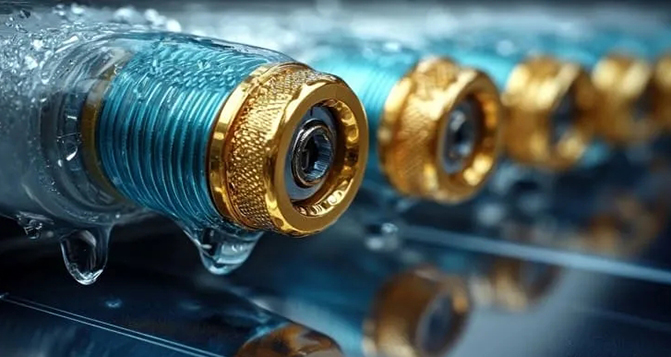1、 Accurate matching of waterproof protection
Modern connectors generally adopt an IP protection level system, but there are significant differences in the actual protection characteristics of different levels:
IP68 rating: suitable for long-term immersion environments (such as underwater equipment)
IP69K rating: designed to resist high-pressure steam cleaning (such as food processing equipment)
Selection key points: It is necessary to distinguish the application differences between "waterproof soaking" and "anti high-pressure spraying"
It should be noted that 90% of waterproof connectors only have protective capabilities when plugged in. For interfaces that are exposed for a long time (such as I/O ports of field monitoring equipment), special protective covers must be configured or special models with built-in sealing structures must be selected.

2、 Innovative Applications of Materials Engineering
Advanced plan for metal materials:
Aerospace field: Aluminum alloy shell treated with hard anodizing
Ocean engineering: It is recommended to use duplex stainless steel or copper nickel alloy materials
Cost optimization: Nickel plated copper alloy can replace precious metals in most scenarios
Breakthrough in Polymer Materials:
New type of polyetheretherketone (PEEK) material: resistant to temperature range of -60 ℃~250 ℃
Fiberglass reinforced nylon: Enhancing mechanical strength while maintaining lightweight
Conductive plastic composite material: EMI shielding function achieved through carbon fiber filling
3、 Engineering wisdom in structural design
The advantage of circular connectors in harsh environments stems from their physical properties:
Equal strength structure: uniformly withstand impact loads from all directions
Integrated sealing: A single O-ring can achieve full circumferential waterproofing
Electromagnetic compatibility: Faraday cage effect naturally formed by metal shell
Although military grade products (such as MIL-DTL-38999 series) have excellent performance, industrial grade alternatives (such as IP67 grade M12 connectors) can achieve 80% cost savings in scenarios such as automated production lines.
4、 Decision Model for Environmental Adaptation
Suggest establishing a four-dimensional evaluation system:
Chemical environment: pH value, salt spray concentration, oil pollution level
Physical stress: vibration spectrum, impact acceleration, insertion and extraction frequency
Climate conditions: temperature cycling range, ultraviolet intensity, condensation risk
Electromagnetic environment: RFI intensity, ground potential difference, shielding requirements

